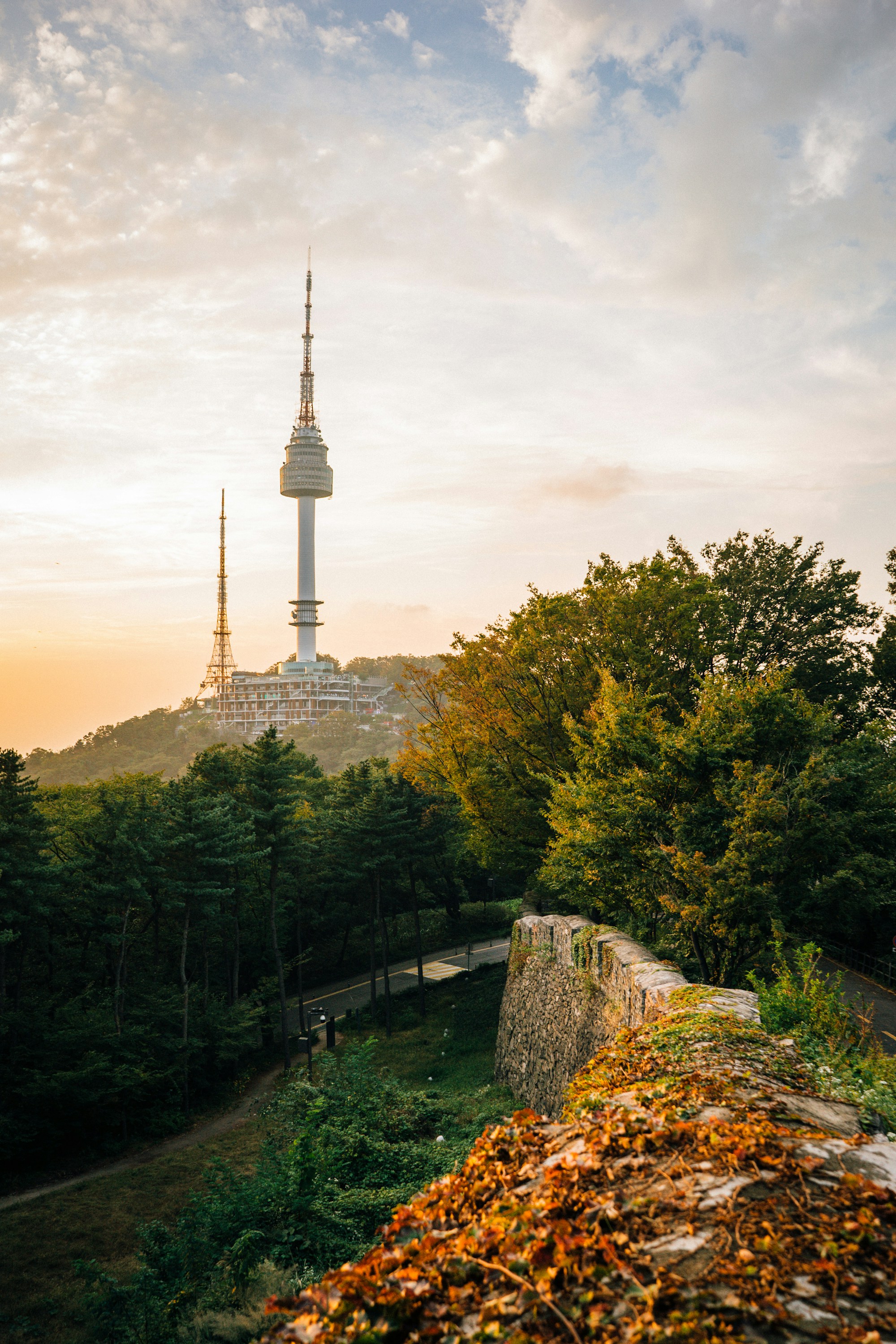Best Times to Visit South Korea: City Weather and Seasons Guide

Best Times to Visit South Korea: City Weather and Seasons Guide
South Korea is a country filled with rich culture, stunning landscapes, and vibrant cities. Before planning your trip, it's important to consider the weather and seasons, as they can greatly impact your experience. In this guide, we'll explore the best times to visit South Korea based on city, giving you a comprehensive overview of what to expect throughout the year.
Seoul
Seoul, the capital city of South Korea, experiences four distinct seasons: spring, summer, autumn, and winter. Here's a breakdown of each season:
Spring (March - May)
Spring in Seoul is a beautiful time to visit as the city comes alive with cherry blossoms and vibrant flowers. The temperature ranges between 10°C (50°F) to 20°C (68°F), making it a pleasant time to explore outdoor attractions such as Gyeongbokgung Palace and Namsan Park. However, do pack a light jacket as the evenings can still be quite chilly.
Summer (June - August)
Summer in Seoul can be hot and humid, with temperatures ranging from 20°C (68°F) to 30°C (86°F). It's a popular time for outdoor festivals and activities, but be prepared for occasional rainfall and high humidity. Make sure to stay hydrated and wear sunscreen while exploring the bustling streets of Seoul.
Autumn (September - November)
Autumn brings mild temperatures and spectacular foliage to Seoul. Average temperatures range from 10°C (50°F) to 20°C (68°F), providing comfortable weather for sightseeing and hiking in nearby areas like Bukhansan National Park. Don't miss the brilliant autumn colors at Namsan Park and Seoul Forest.
Winter (December - February)
Winter in Seoul can be cold, with temperatures dropping to -10°C (14°F) or below. However, it's a magical time to visit if you enjoy winter sports and festivities. Bundle up and explore outdoor ice skating rinks, enjoy warm street food, and experience the stunning Seoul Christmas Festival.
Busan
Busan, located on the southeast coast of South Korea, has a milder climate compared to Seoul. Here's what you can expect throughout the seasons:
Spring (March - May)
Spring in Busan is similar to Seoul, showcasing cherry blossoms and beautiful blooms. The temperature ranges from 10°C (50°F) to 20°C (68°F), creating pleasant weather for beach visits and exploring attractions like Haeundae Beach and Gamcheon Cultural Village.
Summer (June - August)
Busan experiences hot and humid summers, with temperatures ranging from 20°C (68°F) to 30°C (86°F). The city's stunning beaches, including Dadaepo and Songjeong, are popular destinations during this time. Be prepared for occasional rain showers and high levels of humidity.
Autumn (September - November)
Autumn in Busan brings cooler temperatures and vibrant fall colors. Average temperatures range from 10°C (50°F) to 20°C (68°F), making it a comfortable time to visit outdoor attractions like Taejongdae Park and Haedong Yonggungsa Temple.
Winter (December - February)
Winter in Busan is relatively mild compared to Seoul, with temperatures ranging from 0°C (32°F) to 10°C (50°F). While not as cold, it's still a great time to visit if you want to enjoy the beautiful Haeundae Light Festival and experience the city's festive ambiance.
Jeju Island
Jeju Island, located off the southern coast of South Korea, has a subtropical climate, offering a unique experience compared to the mainland. Here's what you need to know:
Spring (March - May)
Spring in Jeju Island is a picturesque season with blooming cherry blossoms and mild temperatures ranging from 10°C (50°F) to 20°C (68°F). It's an ideal time to explore natural wonders like Hallasan National Park and the breathtaking Seongsan Ilchulbong Peak.
Summer (June - August)
Jeju Island experiences warm and humid summers, with temperatures ranging from 20°C (68°F) to 30°C (86°F). It's a popular time for beach activities, hiking, and exploring the island's unique lava caves and waterfalls.
Autumn (September - November)
Autumn in Jeju Island brings pleasant temperatures ranging from 15°C (59°F) to 25°C (77°F), making it an excellent time to enjoy outdoor attractions like Jeju Loveland and the majestic Cheonjiyeon Waterfall.
Winter (December - February)
Winter in Jeju Island is relatively mild, with temperatures ranging from 5°C (41°F) to 15°C (59°F). While it's not as chilly as other regions, a visit during this time allows you to witness the magnificent Camellia Festival and enjoy the island's peaceful atmosphere.
Weather Summary
To help you plan your trip, here's a summary of the weather conditions in South Korea's major cities throughout the year:
| City | Spring | Summer | Autumn | Winter |
|---|---|---|---|---|
| Seoul | Mild and pleasant | Hot and humid with occasional rain | Mild with beautiful foliage | Cold with occasional snow |
| Busan | Mild and pleasant | Hot and humid with occasional rain | Mild with vibrant fall colors | Relatively mild |
| Jeju Island | Mild and pleasant | Warm and humid | Pleasant with beautiful scenery | Relatively mild |
When planning your visit to South Korea, consider the type of climate you prefer and the activities you'd like to engage in. Whether you choose to explore the bustling streets of Seoul, relax on the beaches of Busan, or experience the natural wonders of Jeju Island, each season offers its own unique charm and beauty.
